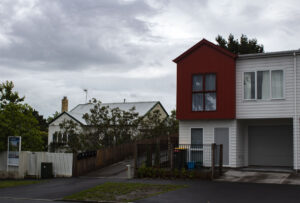The House, The Environment, and The Future with Passive Housing
Hamilton is growing. With housing developments becoming a need, it will come with environmental nad resource impact. What can be done to fight the detrimental effects of construction?
Just a few years ago, Helena and Andrew Bagley were at a loss. The two medical professionals were living in their 2007 two storey Cambridge home with their two girls, but they had become increasingly frustrated with the inefficiency. In winter, they were spending $100 per week on gas to heat the home. When it still wasn’t enough, and they had to install an additional heat pump to create a comfortable environment.
“It had become pretty unsatisfactory. We got pretty fed up with it,” Andrew said.
Everything changed when a chance encounter watching Grand Designs New Zealand and they were introduced to a passive house build in Queenstown. Following their curiosity, it led them to visit to a passive house here in the Waikato. For Andrew and Helena, learning first-hand onsite about passive house standards was an eye-opening experience.
“We thought wow! that sounds pretty good; it piqued our interest.”
Andrew Bagley
On a serendipitous trip into town a few weeks later, an eHaus sign out the front of a new build caught their attention yet again. They researched the company and discovered it was a New Zealand company that designs high-performance houses using passive standards. Immediately they contacted eHaus Waikato builders, Brown Construction; local family owned and operated high performance construction company run by Julie and Ross Brown.
“They are fantastic people and made a first great impression. They showed us through the Cambridge house that was nearing completion and we were sold. Then it was just a matter of finding a piece of land to put a house on.”
They eventually found a section that was the right fit for them, and from there construction wasn’t too far behind. Working with Brown Construction was a stress-free experience, with their great communication and problem-solving skills made for an easy build. From the day they turned dirt, to the day they turned keys to their home was only one year.
Just over a year on, nestled into the Matangi countryside on a small oasis of land, is a wood slat and brick-clad home surrounded by gently swaying trees that dapple sunlight on a pitched roof. Architecturally it is stunning, but for Andrew and Helena Bagley, it had been a journey to passive house living. They now live in a warm, dry, and an energy efficient home.
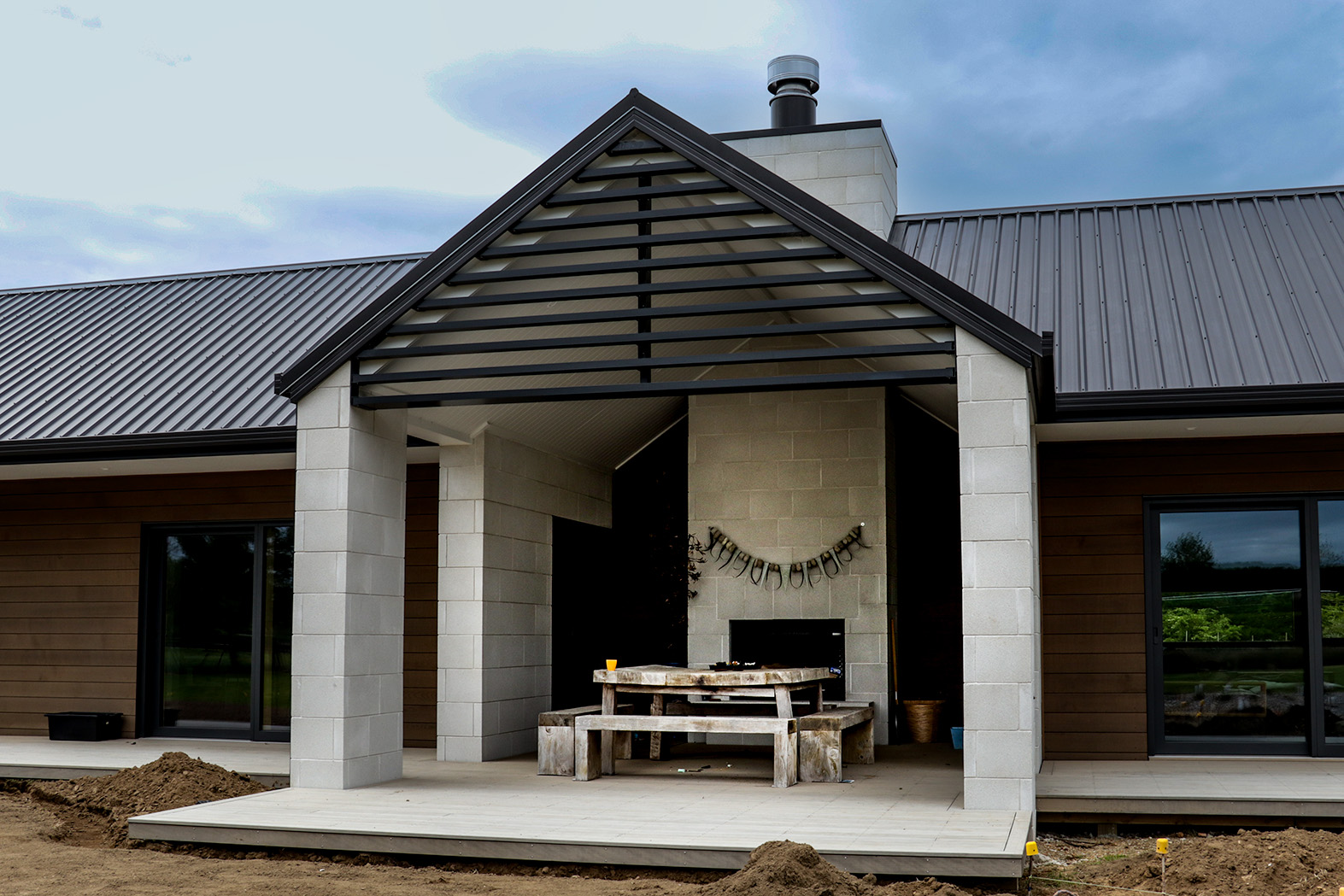
Photo – Paula Jacobsen
Any compromise was kept at a minimum on their dream design features and still achieved passive house standard. Their home is large but cosy with an open kitchen and dining space that is light and spacious, and is the heart of the home. Push back the bifold doors from the dining space, and flow into the outdoor area with the much-loved pizza oven and pool. For Andrew and Helena and their two girls, it’s a happy and healthy home, sitting on a little island of dirt with minimal impact on its environment but a big impact on the Bagley’s quality of life.
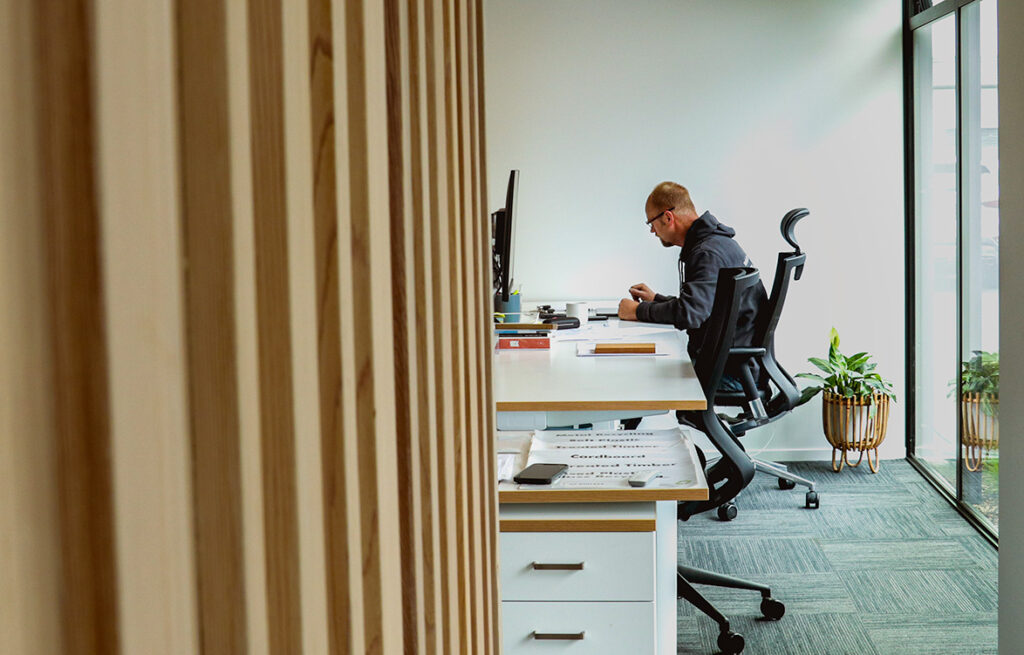
Photo – Paula Jacobsen
Currently, there is an influx of Kiwi’s returning home and demand for housing is at an all-time high. Hamilton city alone will see a population growth of 264,000 in the next 30 years. New housing developments are the way forward in urban areas, but the ramifications caused by housing developments are significant during construction and long after. The local infrastructure and natural resources required, stresses the environment and families’ pockets. As future technology improves and fossil fuel requirements reduce, power consumption will continue to rise with our dependence on electronic devices creating increasing household running costs. What can be done to help combat the repercussions of widespread housing? One answer: passive housing.
Brown Construction has been working with eHaus to future proof its homes with beautiful designs built with passive house standards, as they have done with Andrew and Helena. I spoke to Ross and Julie Brown, owners of Brown Construction, to discuss passive housing. Although the meeting with them wasn’t in person, it didn’t stop their passion for high performance building, care for clients, and commitment to the environmental cause permeating through the screen and becoming infectious.
After working 10 years in the building industry, Brown Construction had become disillusioned with the building industry, with the focus solely on design and less on how a house performed. This was until 2014, when Ross’ cousin approached them to build high performance houses for his new company, eHaus.
“My cousin and his business partner wanted to build something they really believed in. They did some early passive houses and basically thought, yes this works. So, they started eHaus. We kind of watched on with what they were doing initially. We were pretty sold on everything, agreed with their ethos, and why they were doing what they were doing, so we jumped in back then.”
Ross Brown
Brown Construction does not just consider the lasting effects on clients of having healthier homes and high power efficiency. From the start of a build, they work to leave as little waste and minimise environmental damage onsite during construction.
“Something we have been working on is slowly reducing our volume of waste by separating at the site. We take out any timber that is useable and separating treated and untreated . We also take out anything that’s usable for people. We always do the metal recycling, and we offer untreated wood for firewood. But now we are taking it a step further and we’re taking out more recyclables of plastics,” Julie said.
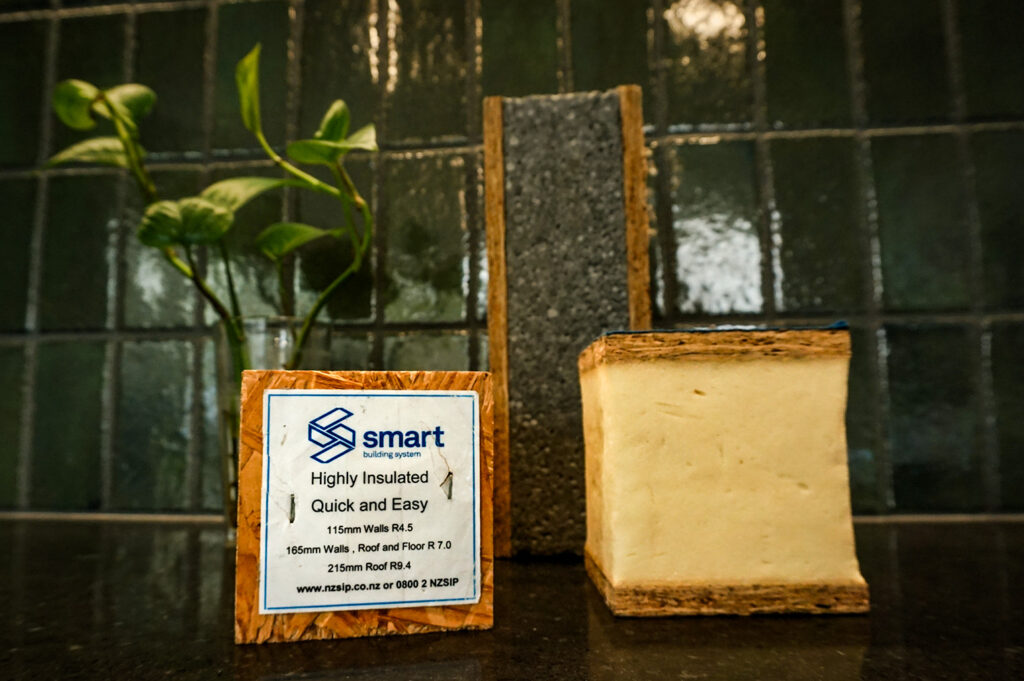
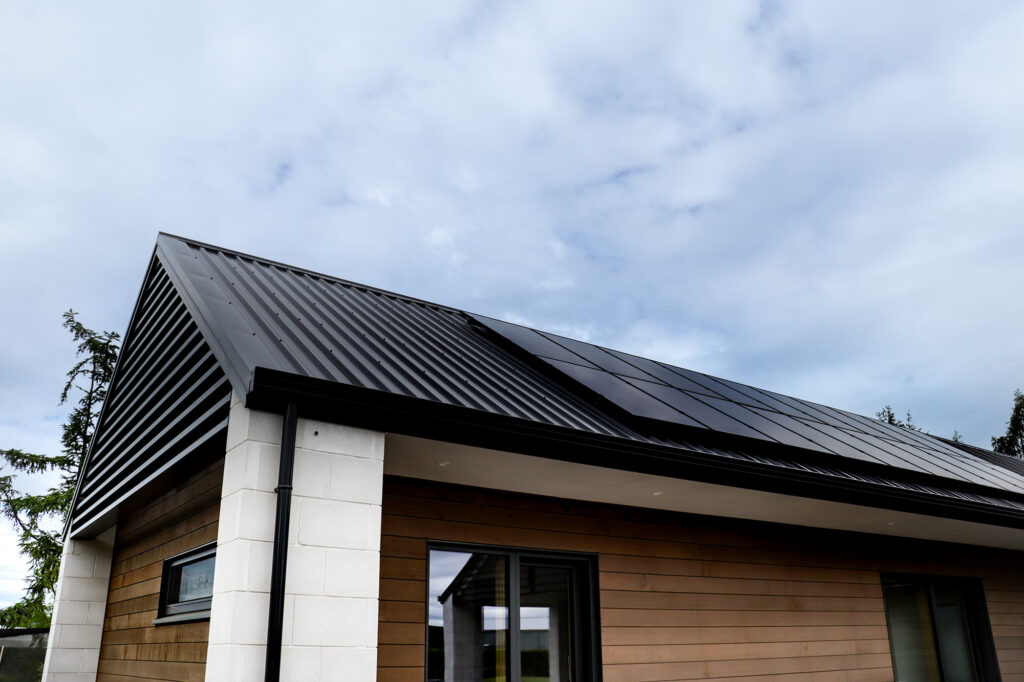
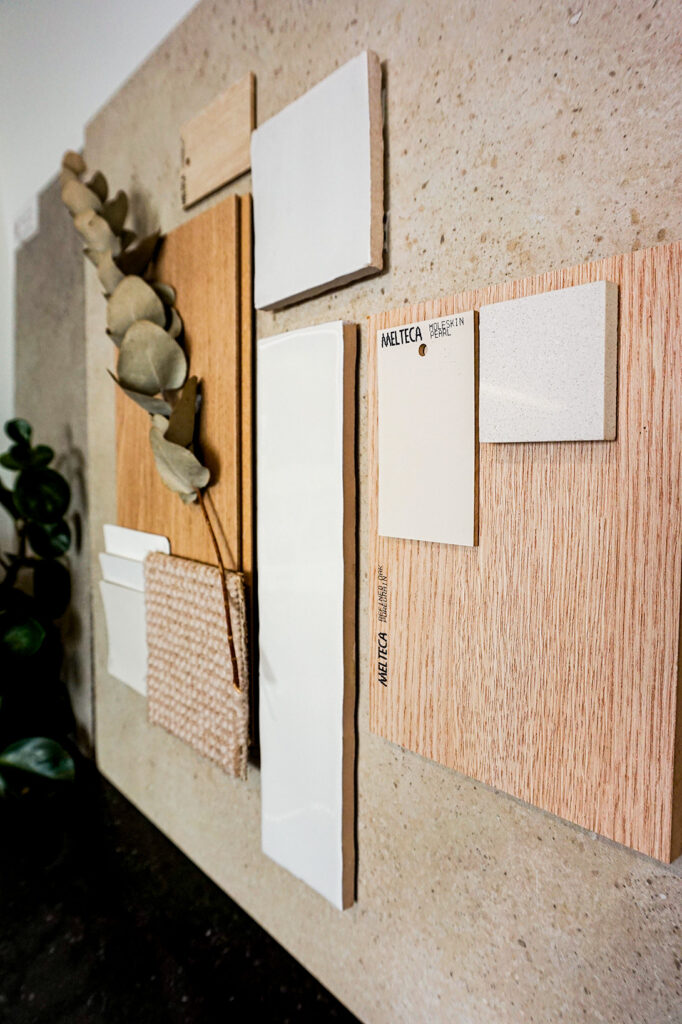
40% of the worlds CO2 emissions is from construction and construction materials according to Architecture 2030. With high performance focused construction companies’ proactive approach, we will see this number reduce. Homeowners choosing to invest in a passive house will expect to pay 15% more on the initial outlay on a new build. However, long term families will see a reduction in household energy costs up to 90%. People will live in healthier, and more comfortable home environments . Energy efficient homes are beginning to see higher return on investment because running costs are lower, and the materials and build are of a higher standard, requiring lower maintenance costs in the future.
While architecture and design are elements to make a house a home, the reality is the effects of these choices are long lasting. With sufficient support from government and local government, new build homeowners, and construction companies like Brown Construction, these changes will see a better quality of life for families and reduced strain on infrastructure, resources, and environment, making this a better world for everyone.
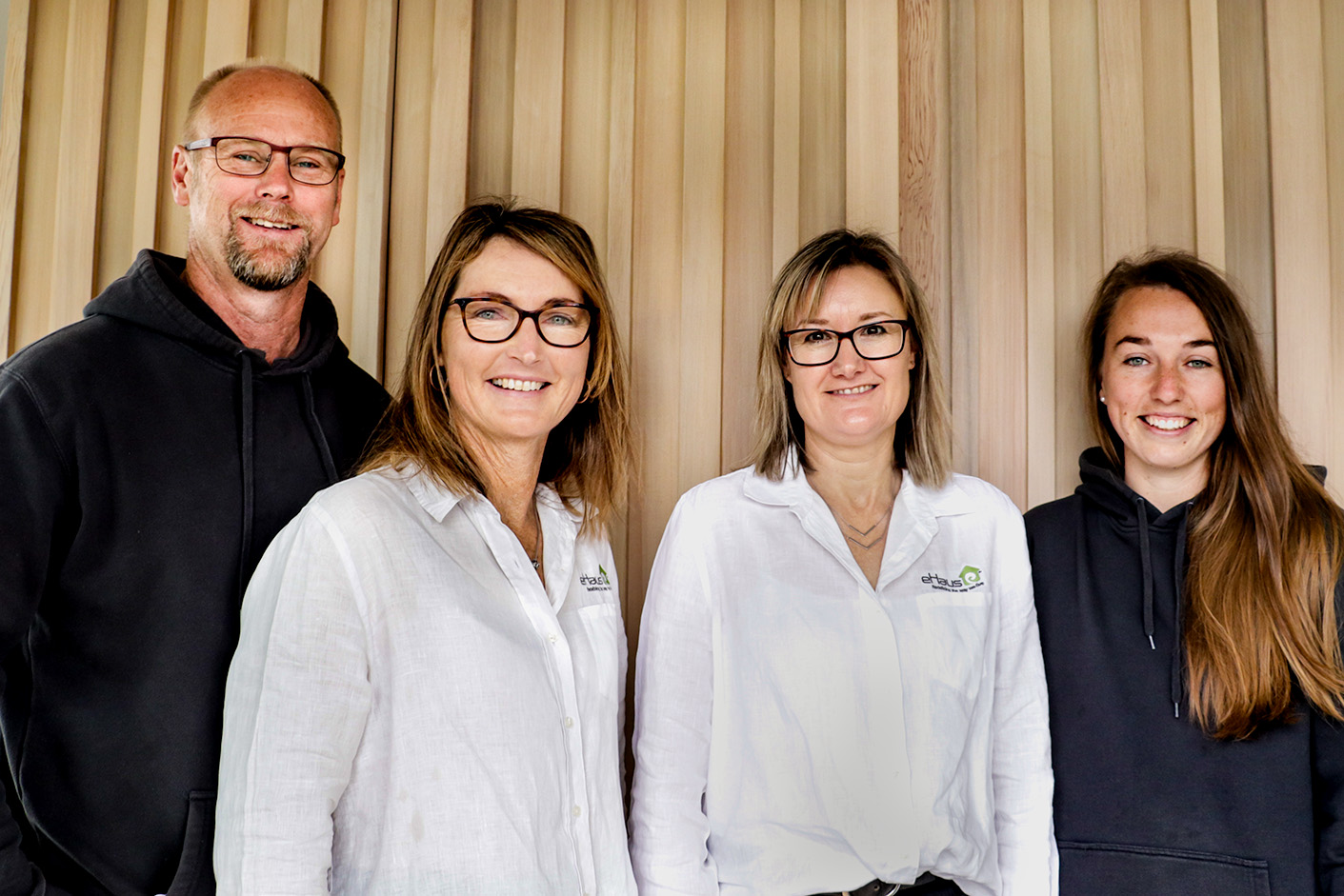
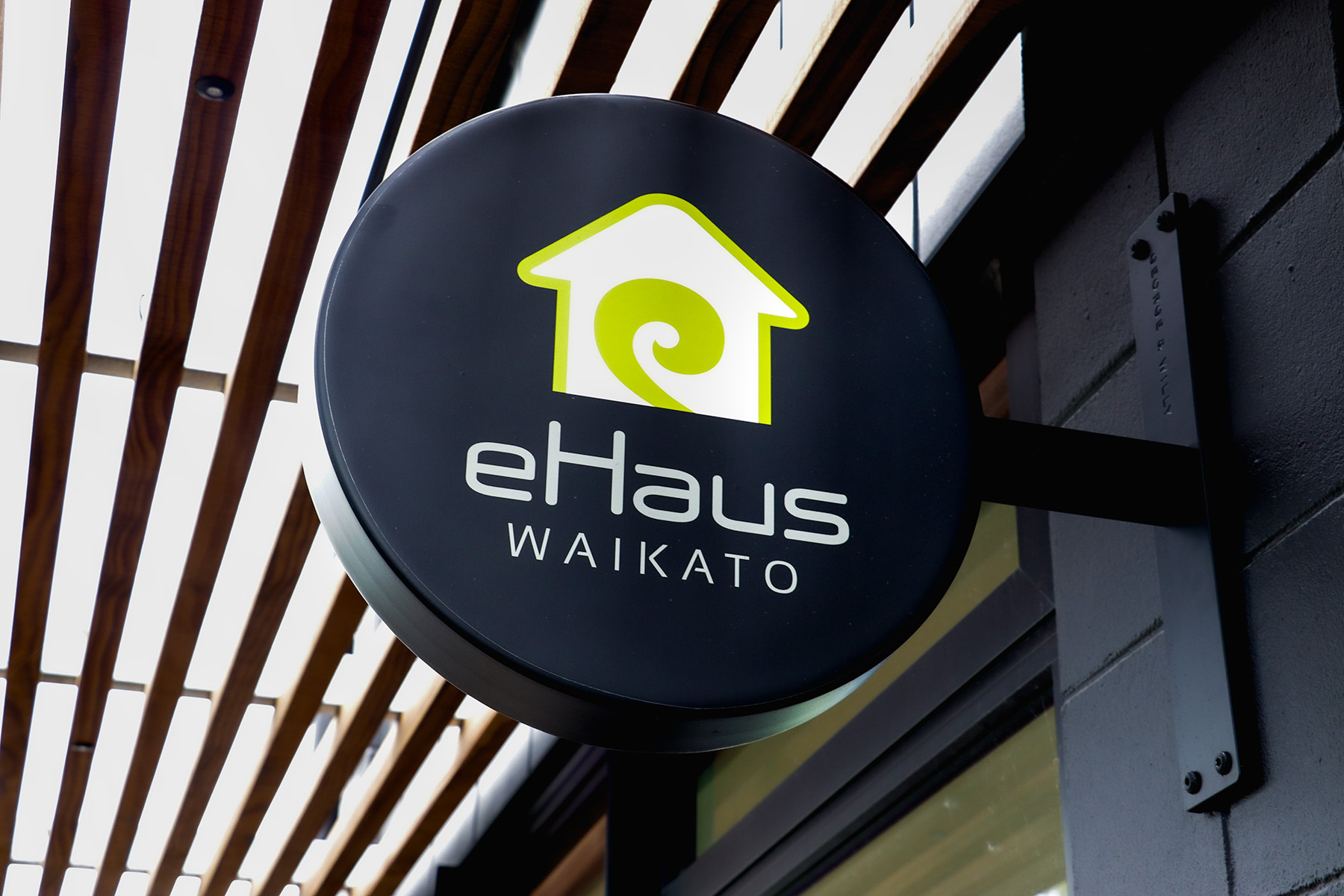
Photos – Paula Jacobsen




